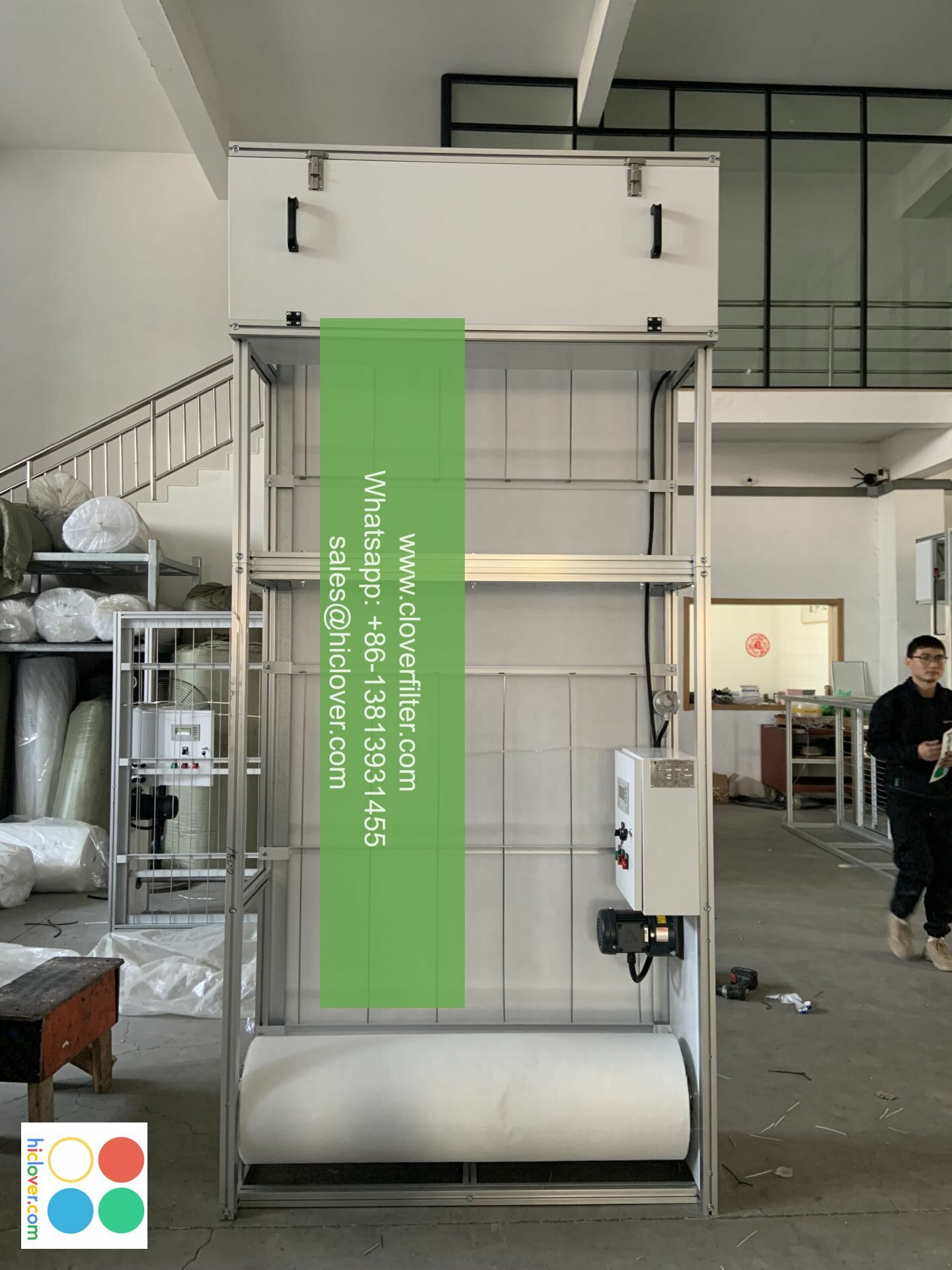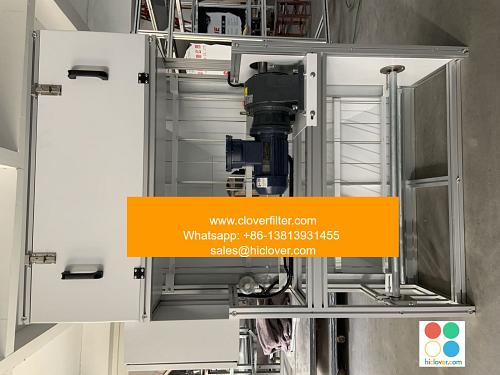Air Filter Testing: A Critical Component of Laboratory Safety and Security

Air filter testing is a crucial aspect of maintaining a safe and secure laboratory environment. Indoor air quality and filtration systems play a vital role in protecting laboratory personnel, equipment, and the surrounding environment from potential hazards. In this article, we will discuss the importance of air filter testing, its applications, and the various testing methods used to ensure laboratory safety and security.
Importance of Air Filter Testing
Air filter testing is essential to prevent the spread of contaminants and pathogens in laboratory settings. HEPA filters and ULPA filters are commonly used in laboratories to remove particulate matter and microorganisms from the air. However, these filters must be regularly tested to ensure they are functioning properly and maintaining the required air quality standards. Failure to test air filters can lead to cross-contamination, exposure to hazardous substances, and compromised laboratory results.
Applications of Air Filter Testing
Air filter testing has numerous applications in various laboratory settings, including:
* Biological laboratories: to prevent the spread of infectious diseases and biological agents
* Chemical laboratories: to prevent chemical contamination and exposure to hazardous substances
* Pharmaceutical laboratories: to ensure product quality and regulatory compliance
* Medical research facilities: to protect human subjects and research personnel! from potential hazards
Testing Methods for Air Filters
Several testing methods are used to evaluate the performance of air filters, including:
* Particle counting: to measure the number of particulates in the air
* Aerosol challenge testing: to evaluate the filter’s ability to capture aerosolized particles
* Scanning electron microscopy (SEM): to visualize the filter’s surface morphology and particulate capture
* Gas and vapor testing: to evaluate the filter’s ability to remove gases and vapors from the air
Best Practices for Air Filter Testing
To ensure the effectiveness of air filter testing, the following best practices should be followed:
* Regular testing schedules: to ensure filters are tested at regular intervals
* Trained personnel: to perform testing and maintenance tasks
* Standardized testing protocols: to ensure consistent and reliable results
* Documentation and record-keeping: to maintain a record of testing results and filter maintenance
In conclusion, air filter testing is a critical component of laboratory safety and security. By understanding the importance of air filter testing, its applications, and the various testing methods used, laboratories can ensure a safe and healthy environment for personnel, equipment, and the surrounding environment. Regular testing and maintenance of air filters are essential to prevent contamination, exposure to hazardous substances, and compromised laboratory results. By following best practices and using standardized testing protocols, laboratories can maintain high-quality indoor air quality and ensure a secure and safe working environment. It looks like you didn’t include a prompt. Could you please provide more details or clarify what you would like to talk about or ask? I’m here to help with any questions or topics you’d like to discuss.

